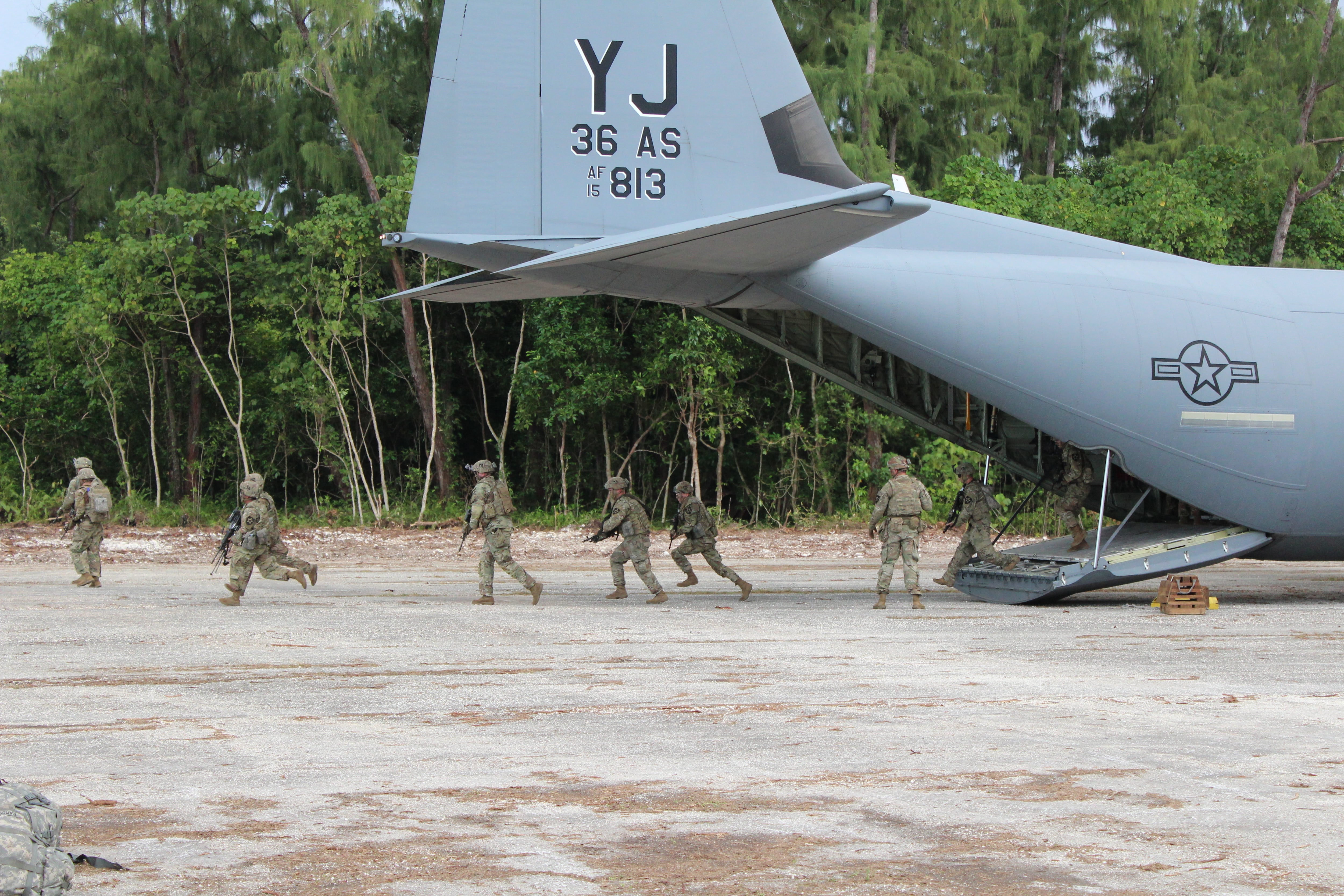As the services away from the counter-terror asymmetric conflict doctrine of the past 20 years, the Pentagon has mandated a change in the way troops are prepared to lead in a new era.
With that in mind, Defense Secretary Lloyd Austin has tasked his under secretary for personnel and readiness to update professional military, and civilian, education “to align the department with the prioritization of China,” a senior defense official told reporters on Wednesday.
“... to ensure that the department has the people that we need to compete effectively,” the official said.
The official did not elaborate, but it stands to reason that updated PME would focus more on adversaries with equipment and leadership structure more resembling that of the U.S., versus the insurgent groups troops have been fighting since 9/11.
It would also likely teach leadership in time of a more Cold War-style conflict, rather than the relentless kinetic action of the Global War on Terrorism, or perhaps language and cultural education for more of a focus in the Indo-Pacific.
That recommendation is one of many to come out of the Pentagon’s China task force, which on Wednesday announced Austin would send an internal department memo outlining priorities and initiatives for the future of DoD China policy.
Another would be to take a look at force posture as it pertains to China. While that country’s influence extends to Africa, South America and beyond, Pentagon leaders in recent years have stressed the need to take another look at how U.S. troops are stacked in the Indo-Pacific region.
RELATED

Rather than a heavy east Asia footprints, like the current forward-deployments to South Korea and Japan, smaller rotations to countries farther south and west might be in order.
“I think that’s, one, too expensive. Two, I think that you rely, then, on all of the agreements that you have to have to do that, and time,” an Indo-Pacific Command official told reporters in September, speaking of the current force posture. “I think we have the opportunity to look across the whole South Pacific,” as a means staying close to China, “and fixed bases aren’t necessarily it.”
The official briefing Wednesday acknowledged the need for an examination, but again, offered no details.
“We did take a close look at our force posture in the Indo-Pacific and have delivered recommendations in that regard,” the official said. “Again, I’m not going to get into specifics about the classified directive or the assessment, but absolutely, we took a careful look at that question as well as regional security issues in the Indo-Pacific.”
Many, but not all, of the task force’s recommendations are classified, though the official who briefed the media offered few details on the unclassified pieces.
“I actually don’t have the document in front of me, and I’m not going to walk through those now, but like I said we will make available the unclassified versions of this as they’re as they’re developed,” the official told reporters.
In some ways, the task force builds off of the messaging of the Trump Administration, whose national defense strategy put “near-peer competition” ― also known as China and Russia ― at the center of its priorities.
This administration, the official said, is focusing on implementation and accountability for that priority.
“And so as we were building into our recommendations and building the directive from the secretary, closing the gap from just a stated prioritization to the department actually living that prioritization was a huge focus and something we spent considerable time on,” the official said.
Meghann Myers is the Pentagon bureau chief at Military Times. She covers operations, policy, personnel, leadership and other issues affecting service members.




